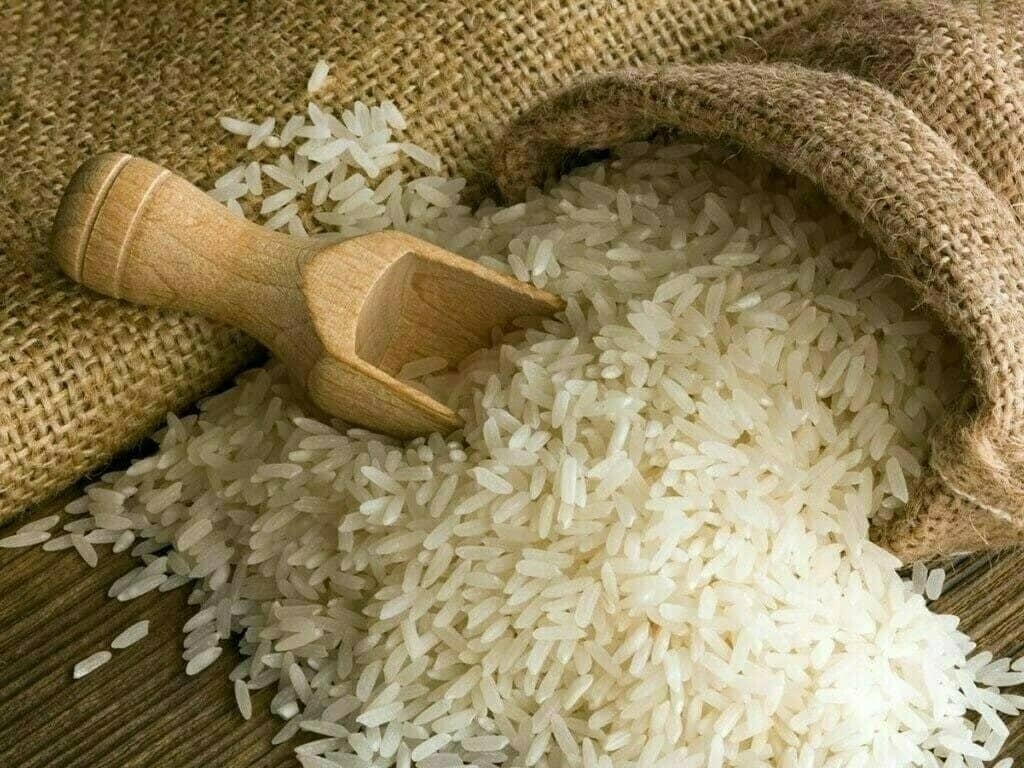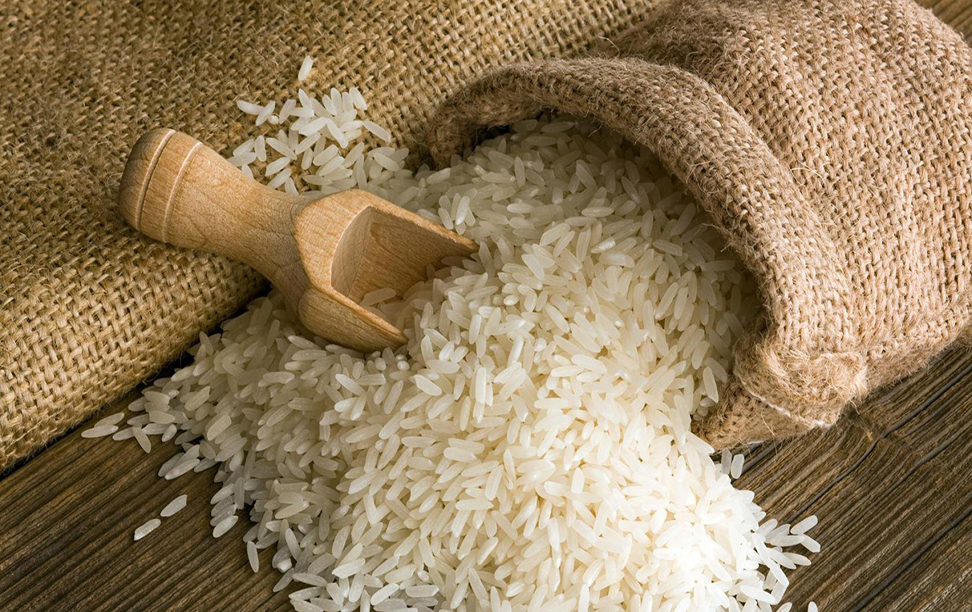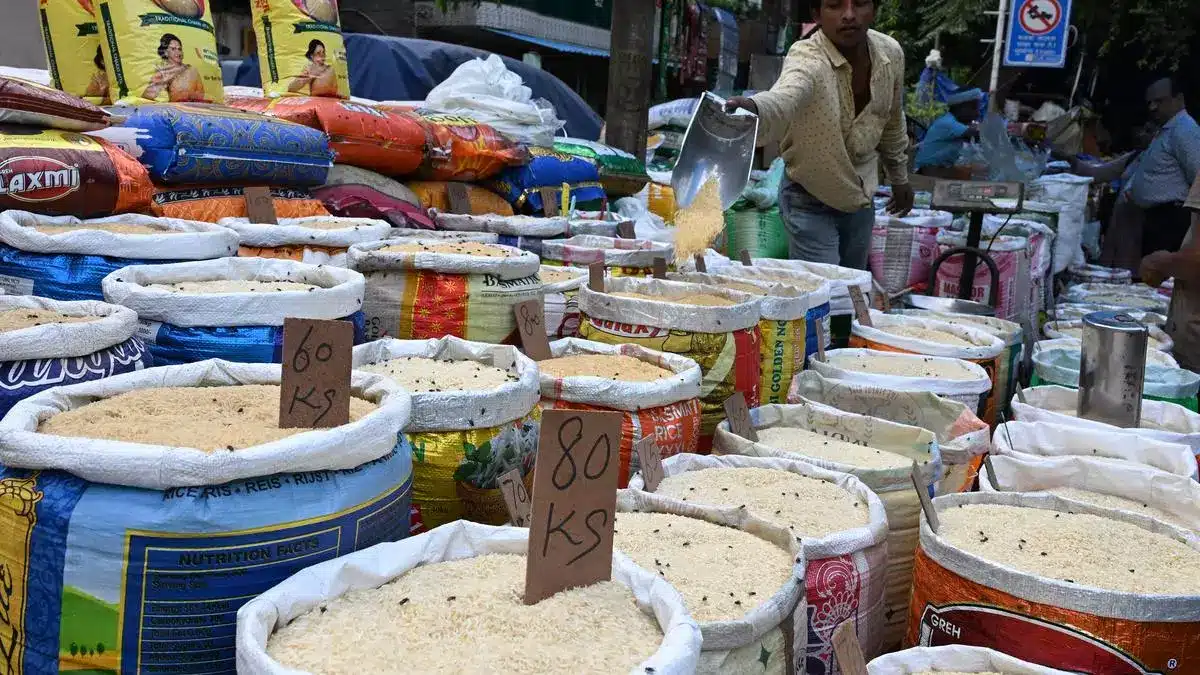Tags
How brown rice with legumes can keep your blood sugar levels in check
You do not have to replace the staple you have grown up with because alien alternatives may not help you feel full and you may still tend to overeat. But you do have to practise portion control, include proteins and exercise, says Dr V Mohan, Dr Mohan’s Diabetes Specialities Centre, Chennai

There is a perpetual debate about whether the staple grains that have become the dominant part of a community’s eating habit, like rice and wheat, can lead to the development of Type 2 diabetes among people. Typically, the consumption of rice and wheat depends on the soil and climatic conditions of a region. Which is why people in the east, northeast and coastal stretches of the southern parts of the country have been rice-eaters while those in the western parts have been wheat-eaters since birth. So let me state at the very outset that keeping to a diet regimen depends a lot on the food that guarantees satiety and comfort. Rationing their portions may seem easier than switching over to an alien substitute. That’s why in a series of cross-sectional and longitudinal studies that we did, excess consumption of rice and wheat were expectedly linked to the onset of Type 2 diabetes. But when they had them in limited quantities, the test subjects just seemed fine.
Also, our studies showed that those who did enough physical activity could reduce their risk of diabetes despite having rice and wheat. The first evidence linking excessive consumption of rice or wheat to diabetes came through our cross-sectional study called the Chennai Urban-Rural Epidemiological Study or CURES. We found that those who were in the fourth quartile of rice consumption had a four-fold increase in risk of diabetes compared to those in the first quartile. But since there could be confounders in a cross-sectional study, we did a longitudinal study, where approximately 1,35,000 people were followed for 15 years from five continents and 20 countries. Those who didn’t have diabetes at the beginning of the study but consumed higher quantities of rice through 15 years had a higher chance of developing new onset Type 2 diabetes. Since this was a prospective longitudinal follow-up study, the data was much more powerful and reliable. Finally, we did a randomised clinical trial, replacing white rice with brown rice. We found that in those who were overweight and had signs of metabolic syndrome, there was a reduction in glycaemic responses throughout the day when they had brown rice as a substitute. Moreover, when they combined brown rice with some pulses and legumes or plant proteins, their glycaemic swings reduced. Hence, we concluded that if we could take unpolished or brown rice and include plant proteins, our diet could become healthy.
WHY WHOLE GRAIN RICE
The rice grain has three parts. The hard outer layer is the fibre-rich bran, whose pigmentation determines the colour of the rice, the most common being the brown rice. The nutrient-rich core is the germ (the embryo) of the grain, that grows into a new plant. Bran and germ are rich in protein, fibre, iron, vitamin B and omega 3 fatty acids, in addition to carbohydrates. Endosperm, the tissue that surrounds the embryo, provides nutrition in the form of starch. Covering all this is the inedible protective outer shell, the husk or chaff or hull.
A whole grain contains the entire grain: bran, germ and endosperm (the husk has to be removed before rice can be cooked). It’s nutritious, packed with vitamins, minerals, antioxidants, essential amino acids and fibres. It has a low glycemic Index (a measure of how fast the body converts carbs into sugars) and is better for people with Type 2 diabetes.
It also contains compounds (lignans) that lower blood pressure, fat in the blood and the risk of heart disease. Brown rice has consistently been shown to aid weight loss and help maintain a healthy body weight.
JUNK THE POLISHED GRAIN
Whole grain rice is highly nutritious but has a short shelf life. In order to increase the shelf life of rice, new milling technologies have displaced the healthy whole grain by removing both the bran and germ. The result is highly polished, starchy refined rice—or white rice—which is nutrient-depleted since endosperm is primarily carbohydrates with a little bit of protein. While brown rice has a short shelf life of about six months (unrefrigerated), white rice stays on the shelf for up to five years. The white rice is then processed to improve taste and enhance cooking properties. All this, at the expense of nutrients.
Unlike unpolished brown rice, white rice lacks plant compounds called phytochemicals — such as polyphenols, oryzanol, phytosterols, tocotrienols, tocopherols and carotenoids — as well as vitamins and minerals, that confer protection against cell damage, diabetes, heart disease and cancers. White rice is “empty calories,” since it loses its main sources of micronutrients, fibre, iron, and omega 3 and 6 fatty acids. With a higher glycaemic index, the carbs in white rice are turned into blood glucose more rapidly than those in brown rice. This is one reason why white rice has been associated with a higher risk of Type 2 diabetes, obesity, blood pressure and heart disease.
SHOULD WE BE REPLACING RICE OR WHEAT ALTOGETHER? NO
A common mistake most people make is to believe that flattened rice as in poha, puffed rice or that even millets could work for them. But all of these contain about 70 per cent carbohydrates, and their glycaemic load and glycaemic index vary slightly according to the grains used. Besides, if they sit lightly on your stomach, you tend to have larger portions than rice for satiety. This doesn’t work because the caloric load is just the same or may even go up with extra helpings. Many people these days talk about quinoa, which is a pseudo-cereal and only has the advantage of having 16 per cent protein. But it has 62 per cent carbohydrates.
The best way to limit carbohydrate consumption is to add proteins to your meals. Proteins lend satiety and take time to digest, slowing down the entire process of digestion and avoiding blood sugar spikes. Have them in salads and soups, where the protein, in combination with fibre, will further reduce your dependence on carbohydrates to feel full enough. That’s why breakfast foods like idli are good because they use urad dal, which is a protein. However, it is made of rice, so don’t overdo it. Up to two idlis are fine, five are bad news.
Instead of alternatives, I suggest the “follow the plate” principle. This means filling half the plate with non-starchy green leafy vegetables, a quarter of the plate with proteins, preferably plant ones and leaving just a quarter for carbohydrates. Also couple this diet effort with enough physical activity and reduce weight.
https://indianexpress.com/article/health-wellness/brown-rice-legumes-blood-sugar-8752916/Published Date: July 5, 2023







